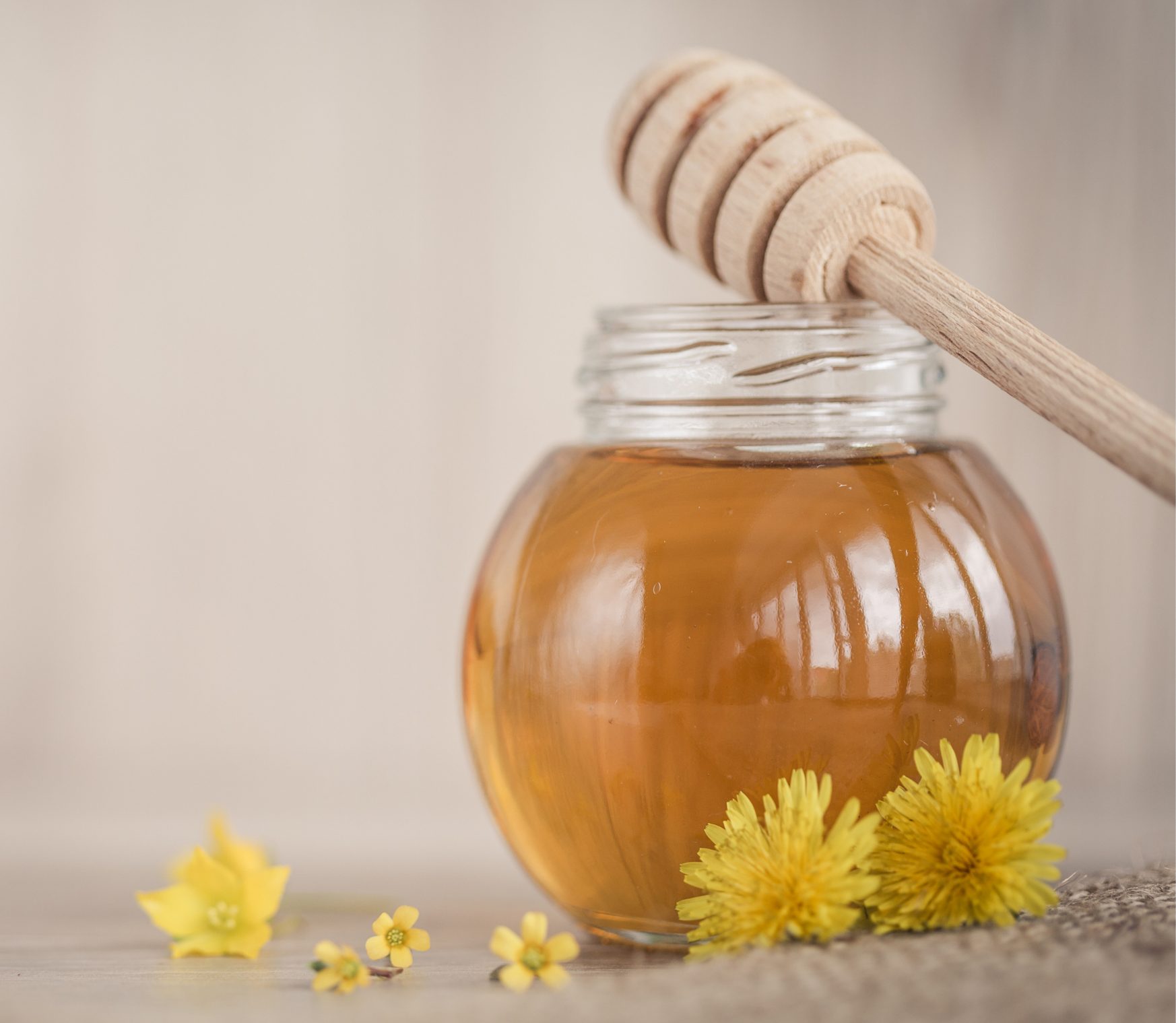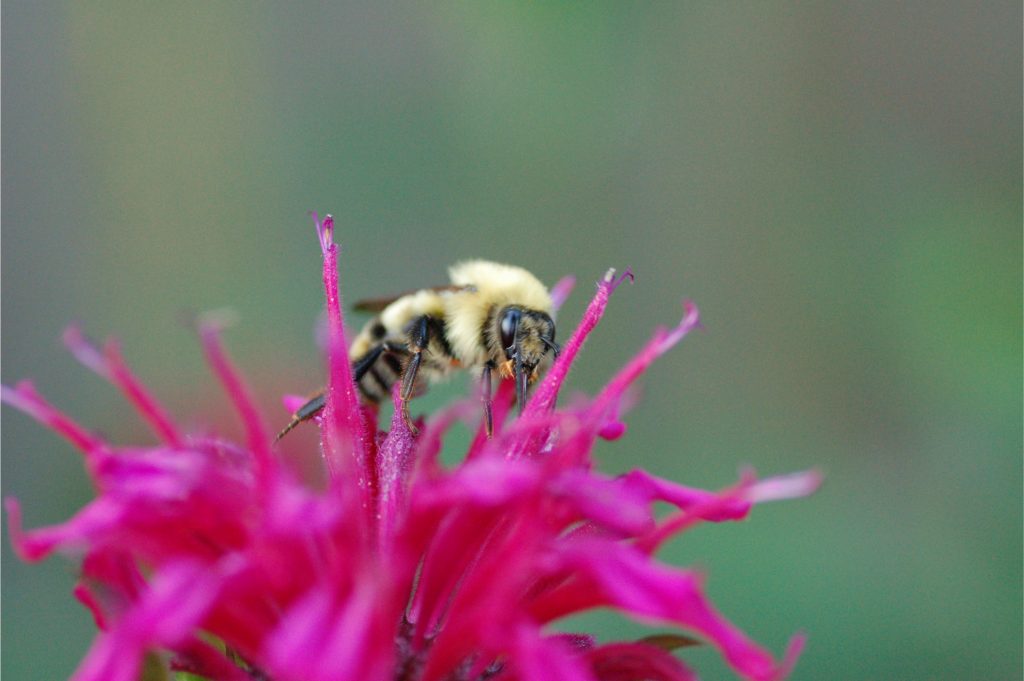
North Carolina State Beekeepers Association was founded in 1917 and is the oldest association of beekeepers in the US. Today North Carolina produces a significant amount of honey from a diverse range of native plants. North Carolina honey is primarily produced by the Italian honey bee.
When Did North Carolina Begin Producing Honey?
North Carolina has a long and storied history of keeping honey bees. The first known colonies of honey bees on the east coast arrived in the early seventeenth century, and by the start of the 1700s, North Carolina was already home to a number of productive honey bee colonies. With hundreds of years of history, North Carolina has a close relationship with its honey bees.
The state is home to the North Carolina State Beekeepers Association, which is not only one of the largest associations of beekeepers in the country, but also the oldest. Founded in 1917, the NCSBA has more than four thousand members across the state, representing millions of bees.
How Much Honey Does the State Produce?
What Are the Main Kinds of Honey Produced in North Carolina?
With its diverse plant life, North Carolina honey bees and their keepers produce a wide variety of different kinds of honey. Some of the most popular varieties sourced from local plants include North Carolina wildflower, clover, apple blossom, and sourwood honey.
In addition to that, they also make use of floral life from other states, such as tupelo from Florida and common floral sources like buckwheat and clover from all over the country, to produce a variety of honeys. Some apiaries even get their floral sources from international locations, such as New Zealand.

Is North Carolina Honey Produced Seasonally or Is It All Year Round?
Bees produce honey in North Carolina all year due to the state’s temperate climate, which lacks a true winter that forces bees into inactivity. However, in general, the greatest honey yield for bees is around summertime, so North Carolina honey is often harvested in the months of June, July, and August.
Which Species of Bees Create North Carolina Honey?
Honey bees have a storied history in North Carolina, such that the European honeybee, Apis mellifera, was declared the state’s official insect in 1973. As in the rest of the country, the Italian subspecies of the European honey bee, Apis mellifera ligustica, are the most popular honey producers in North Carolina.
Other honey-making bees in the state include German, Carniolan, and rarely, Russian bees.
Which Plants and Trees Are Native to North Carolina?
North Carolina possesses a vibrant and diverse population of native pollinators, including about 500 different species of bees. Some notable native North Carolina bees include mason bees and carpenter bees. However, as in the rest of the United States, no honey-producing bees are native to North Carolina. Instead, the European honey bee is native to Europe, Africa, Asia, and the Middle East, and was introduced to North Carolina in the early seventeenth century.
A wide variety of plants and trees throughout the state are beneficial to pollinators like honey bees. These include some of the following native plants, trees, and natural life:
| Tradescantia virginiana - known as Virginia Spiderwort | Gaillardia aestivalis - known as Lanceleaf Blanketflower |
|---|---|
| Monarda didyma - known as Scarlet Bee Balm | Penstemon digitalis - known as Foxglove Beardtongue |
| Zizia aurea - known as Golden Alexander | Monarda punctata - known as Spotted Horsemint |
| Echinacea purpurea - known as Purple Coneflower | Stokesia laevis - known as Stoke’s Aster |
| Ampelaster carolinianus - known as Climbing Aster | Eupatorium dubium - known as Joe-pye Weed |
| Eupatorium perfoliatum - known as Boneset | Solidago gracillima - known as Virginia Goldenrod |
| Vernonia noveboracensis - known as New York Ironweed | Veronicastrum virginicum - known as Culver’s Root |
| Verbena hastata - known as Blue Vervain | Cephalanthus occidentalis - known as Buttonbush |
Are There Any Major Honey Farms or Apiaries Within North Carolina?
Considering North Carolina’s lengthy relationship with bees, it would make sense that there are several major apiaries and honey farms throughout the state, many of which have been in business for decades.
Below is a list of some of the significant apiaries in the state:
- Dancing Bees Farm in Monroe – in business for nearly 20 years
- Queen Bee Honey Farm in Statesville – in business for more than 30 years
- Woodfin Honey Farm in Statesville – in business for more than 60 years
- Blue Ridge Apiaries in Hudson – in business for four generations
- Cloister Honey in Charlotte – in business for more than a decade


What Sort of Environment Is Needed to Produce North Carolina Honey?
With such an intricate history of producing honey, it would make sense that North Carolina is also home to the country’s earliest official beekeeping regulations. The Honey Bee Act was first passed in 1922 and has been amended numerous times throughout the years. Some of its most important requirements pertain to official state licencing, bee transportation and importation, population propagation, and managing unwanted or dangerous subspecies.
North Carolina has a vibrant population of pollinator-friendly plants that can provide much-needed resources for honey bees. Beekeepers need to ensure that their bees have adequate access to these food sources, not only so that they can thrive, but so that they can produce more honey.
North Carolina beekeepers should also be aware of the weather and respond to it appropriately to protect their bees. The state is no stranger to severe tropical storms or other extreme weather, so in the event of high-speed winds or heavy rain, beekeepers should move their colonies so that they are protected from the dangerous elements.
One factor that North Carolina beekeepers must stay aware of is Africanised honey bees (Apis mellifera scutellata). These bees are better known by their nickname, “killer bees,” for their extremely aggressive and territorial behaviour. These bees were first introduced in Brazil in the 1950s in an effort to create a more tropical-friendly bee species, but when the initial population escaped, it began interbreeding with local populations and became very aggressive.
While they are a more significant concern in the southwestern states and in regions closer to the Mexican border, they nonetheless pose risks to North Carolina hives and colonies as they can occasionally appear in the state. They can take over colonies and painfully sting human victims. Beekeepers must watch out for these predators and protect their hives accordingly.








